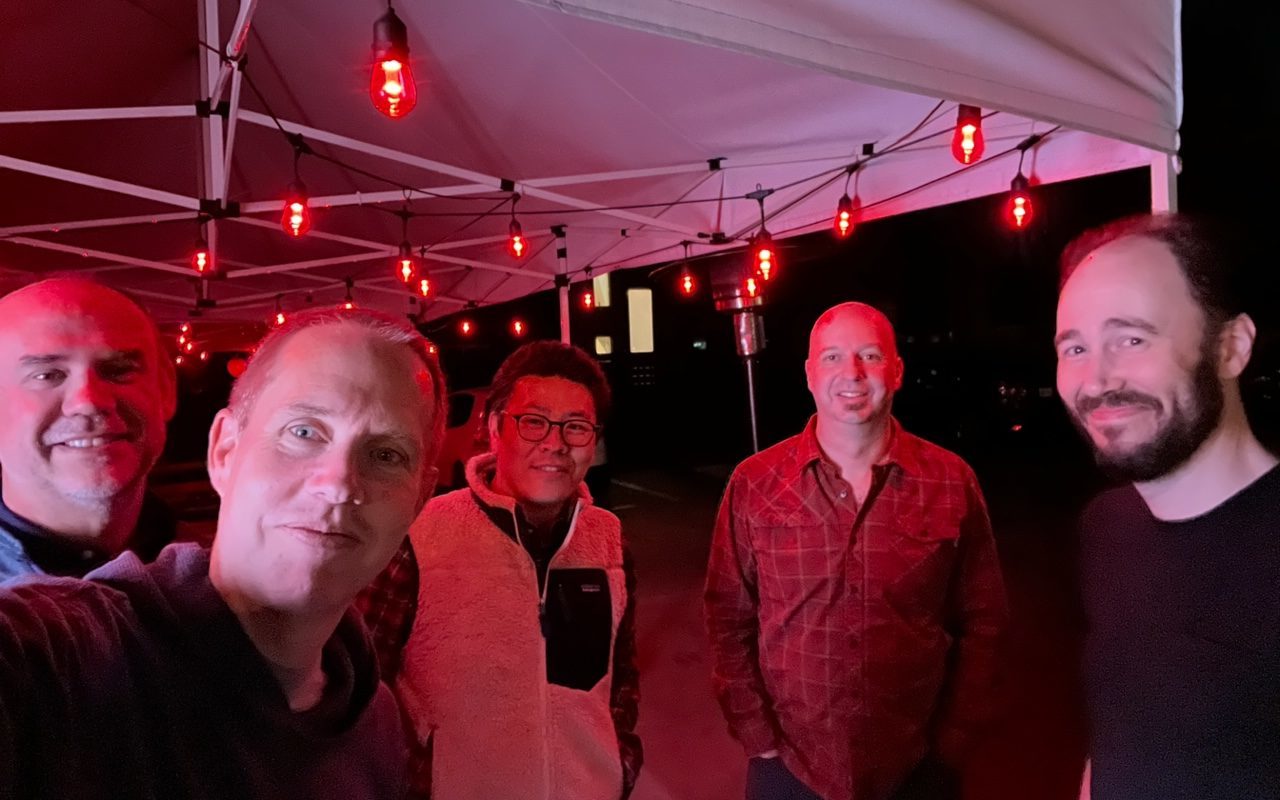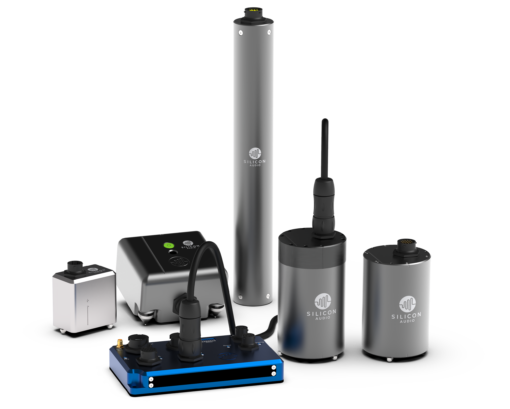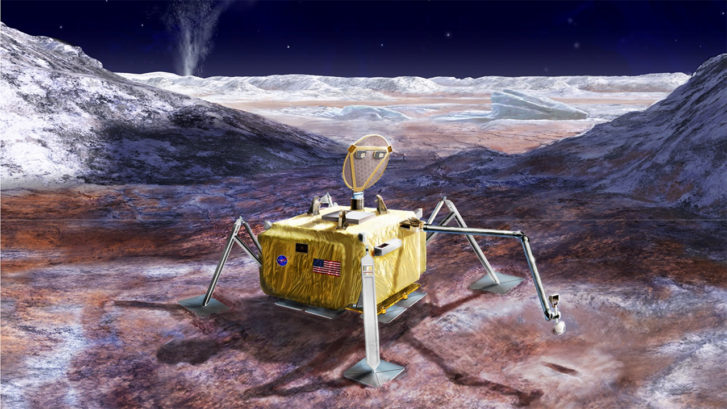Welcome to the Silicon Audio Newsletter!
Silicon Audio is starting a newsletter to keep customers up to date on the latest engineering challenges we face as well as getting further insight into the brains of the company. To kick things off, let’s explore a commonly received question: Why the name Silicon “Audio” Seismic?
Silicon Audio began operations in 2009 making high-SNR MEMS microphones for consumer electronics while using a compact embodiment of the optical interferometer used in Silicon Audio’s seismic sensor today. By 2012, Silicon Audio had partnered with a market-leading smartphone OEM and MEMS microphone chip maker. In a 2013 pilot manufacture, the best-in-class SNR was successfully created The microphone, however, had an Achille’s heel. Operating in open-loop, the intrinsic dynamic range was limited to 100 dB, and the product was difficult to manufacture.
While working on the microphone, The Department of Energy asked Silicon Audio if the low-noise optical read-out technology could be used to measure seismic signals to listen for nuclear explosions anywhere in the world. Around the same time, the oil and gas industry asked if the sensor could be used for seafloor seismic exploration and beat the low-frequency performance of common geophones. This led to an evolution of products to address hi-fi seismic. Silicon Audio’s engineers borrowed tried-and-true design features of the workhorse geophone and added low-noise optical readout. The moving element of the seismometer was now equipped with a strong, linear coil-magnet actuator. When combined with interferometric detection and low noise electronics, a closed-loop, force-balanced sensor was born.
Fast forward and Silicon Audio has built high-fidelity seismometers for dam monitoring, volcano monitoring, and deep bore-hole deployments over 1 km beneath the surface. A recent project has been building space-ready sensors to survive shuttle launch and land on the moon. As the genesis seismic application was oil and gas, the product was designed from the very beginning for high shock tolerance and rough handling. The sky’s the limit with what these sensors can do and Silicon Audio is glad to have you on this journey.
___________________________________________________________________________________

Cheers from the Silicon Audio team!




